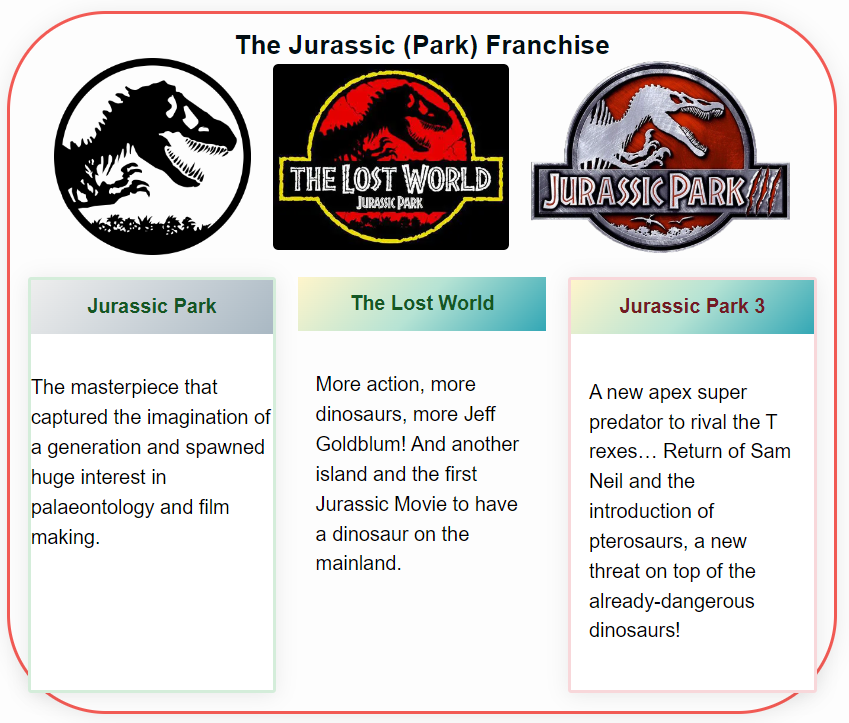Megalosaurus, a towering figure in the annals of paleontology, stands as one of the first dinosaurs ever described by scientists. A formidable predator of the Jurassic Period, this massive creature’s legacy is not only etched in the fossil record but also in the foundation of paleontological studies.
Discovery and Historical Significance
William Buckland, an English geologist and paleontologist, first described Megalosaurus in 1824, following his discovery of its fossil in 1815 in England. Buckland’s groundbreaking work laid the cornerstone for the study of dinosaurs, with Megalosaurus becoming a symbol of prehistoric wonder. Its name, derived from Greek, meaning “great lizard,” was a nod to its colossal size, unprecedented in the then-known fossil record.
Physical Characteristics
Megalosaurus was a gargantuan predator, measuring up to 30 feet in length and weighing as much as 1,500 pounds. Its formidable jaws were lined with sharp, serrated teeth, ideal for rending flesh and bone. Despite its size, it was likely an agile hunter, with a long tail for balance, muscular legs for swift movement, and sharp senses aiding in tracking prey.
Habitat and Lifestyle
This dinosaur adapted to diverse environments, ranging from arid deserts to verdant forests, as evidenced by its widespread fossil remains found in England, France, Germany, and Tanzania. Its position as a top predator meant it had few natural enemies, though it may have occasionally vied with other large carnivores for food and territory.
Recent Research and Conservation
Recent advancements in technology, like X-ray computed tomography (XCT) and chemical analysis (EDX and XRF), have furthered our understanding of Megalosaurus. These techniques have provided enhanced insights into its physical structure and the historical methods used in its preservation.
Table 1: Advanced Research Techniques on Megalosaurus
| Technology | Application | Impact |
|---|---|---|
| XCT | Fossil structure analysis | Improved understanding of form |
| EDX & XRF | Chemical analysis of preservation materials | Insights into conservation history |
Megalosaurus in the Larger Dinosaur Context
Compared to the infamous Tyrannosaurus Rex, Megalosaurus was smaller, measuring 20 feet shorter and weighing significantly less. However, its distinction as the first dinosaur ever discovered underscores its historical importance and the awe it inspired in the early days of paleontological discovery.
Megalosaurus, the “great lizard,” not only dominated the Jurassic landscape but also revolutionized our understanding of prehistoric life. Its discovery marked a pivotal moment in scientific history, revealing a new world of extinct reptilian giants and paving the way for future explorations into the enigmatic era of the dinosaurs.


